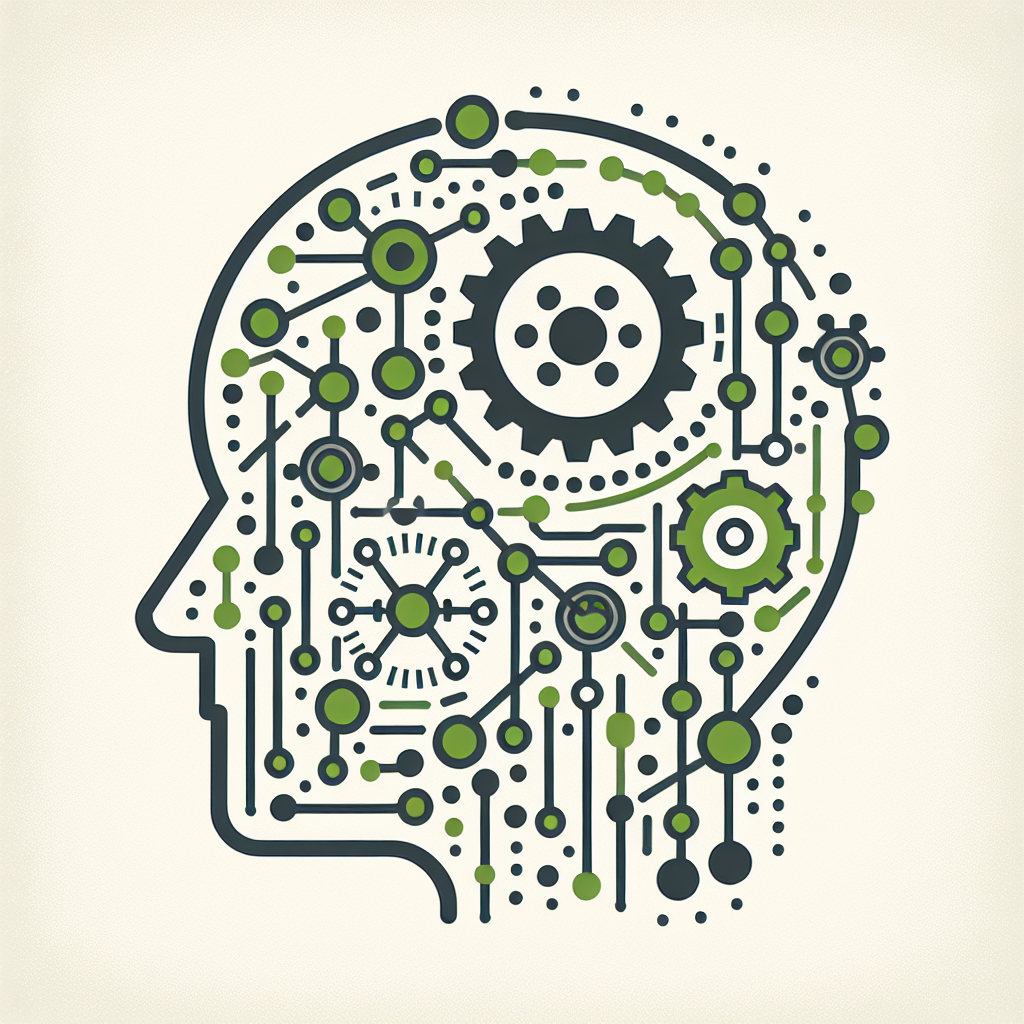In recent years, artificial intelligence (AI) and machine learning have become buzzwords in the tech industry. However, for many people, these terms can seem daunting and confusing. In this article, we will demystify AI and machine learning, explaining what they are, how they work, and their practical applications in various fields.
What is Artificial Intelligence (AI)?
Artificial intelligence is a broad field of computer science that focuses on creating machines that can perform tasks that typically require human intelligence. These tasks may include problem-solving, decision-making, speech recognition, and language translation, among others. AI systems can be classified into two main categories: narrow AI and general AI.
Narrow AI, also known as weak AI, refers to AI systems that are designed for specific tasks. For example, speech recognition software like Siri or Google Assistant is a form of narrow AI. These systems are programmed to perform a singular task and cannot generalize to other tasks.
General AI, or strong AI, on the other hand, refers to AI systems that can perform any intellectual task that a human can. This type of AI is still largely theoretical and has not been achieved yet. General AI would be able to reason, learn, and understand the world in the way that humans do.
What is Machine Learning?
Machine learning is a subset of artificial intelligence that focuses on developing algorithms that allow computers to learn from and make predictions based on data. In traditional programming, the computer is given specific instructions on how to perform a task. In machine learning, the computer is given data and is trained to learn patterns and make decisions based on that data.
There are three main types of machine learning algorithms: supervised learning, unsupervised learning, and reinforcement learning.
Supervised learning involves training a model on labeled data, where the correct output is known. The model learns to make predictions by comparing its output with the correct output and adjusting its parameters accordingly.
Unsupervised learning involves training a model on unlabeled data, where the correct output is not known. The model learns to find patterns and relationships in the data without any guidance.
Reinforcement learning involves training a model to make sequential decisions in an environment. The model learns to maximize a reward signal by interacting with the environment and receiving feedback on its actions.
Practical Applications of AI and Machine Learning
AI and machine learning have a wide range of practical applications across various industries. Some common applications include:
– Healthcare: AI is being used to diagnose diseases, predict patient outcomes, and personalize treatment plans. Machine learning algorithms can analyze medical images, such as X-rays and MRIs, to detect abnormalities and assist healthcare providers in making accurate diagnoses.
– Finance: AI is used in the financial industry to detect fraud, automate trading, and predict market trends. Machine learning algorithms can analyze large volumes of financial data to identify patterns and make informed investment decisions.
– Customer Service: AI-powered chatbots are being used by companies to provide customer support and answer common questions. These chatbots use natural language processing algorithms to understand and respond to customer inquiries in real-time.
– Autonomous Vehicles: AI and machine learning are essential for the development of autonomous vehicles. These vehicles use sensors and algorithms to perceive their environment, navigate roads, and make driving decisions without human intervention.
– Marketing: AI is used in marketing to analyze customer behavior, predict buying patterns, and personalize marketing campaigns. Machine learning algorithms can segment customers based on their preferences and target them with relevant advertisements.
Frequently Asked Questions (FAQs) about AI and Machine Learning:
Q: What is the difference between AI and machine learning?
A: AI is a broad field of computer science that focuses on creating machines that can perform tasks that typically require human intelligence. Machine learning is a subset of AI that focuses on developing algorithms that allow computers to learn from and make predictions based on data.
Q: How are AI and machine learning used in healthcare?
A: AI is used in healthcare to diagnose diseases, predict patient outcomes, and personalize treatment plans. Machine learning algorithms can analyze medical images, such as X-rays and MRIs, to detect abnormalities and assist healthcare providers in making accurate diagnoses.
Q: What are the main types of machine learning algorithms?
A: The main types of machine learning algorithms are supervised learning, unsupervised learning, and reinforcement learning. Supervised learning involves training a model on labeled data, unsupervised learning involves training a model on unlabeled data, and reinforcement learning involves training a model to make sequential decisions in an environment.
Q: How are AI and machine learning used in autonomous vehicles?
A: AI and machine learning are essential for the development of autonomous vehicles. These vehicles use sensors and algorithms to perceive their environment, navigate roads, and make driving decisions without human intervention.
Q: What are some common applications of AI and machine learning in marketing?
A: AI is used in marketing to analyze customer behavior, predict buying patterns, and personalize marketing campaigns. Machine learning algorithms can segment customers based on their preferences and target them with relevant advertisements.
In conclusion, AI and machine learning are powerful technologies that have the potential to revolutionize various industries. By understanding the basics of AI and machine learning, we can appreciate their practical applications and the impact they have on our daily lives. Whether it’s diagnosing diseases, predicting market trends, or personalizing marketing campaigns, AI and machine learning are changing the way we work, communicate, and interact with the world around us.

